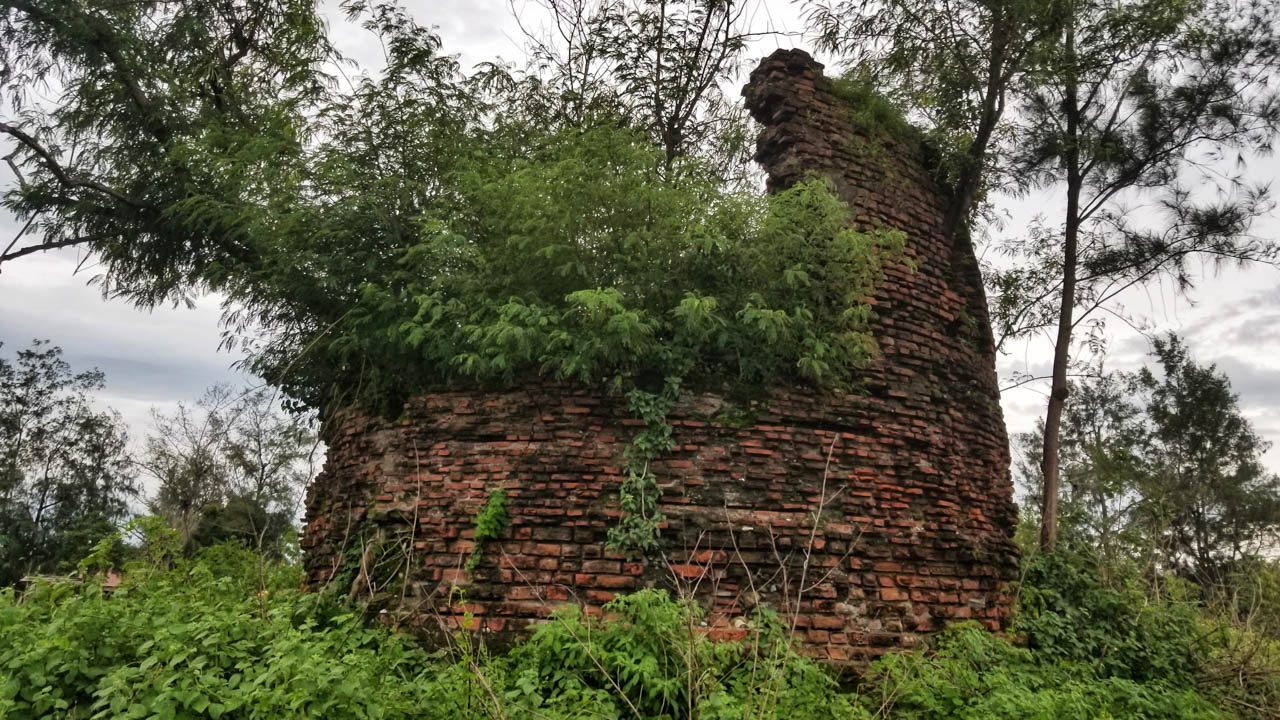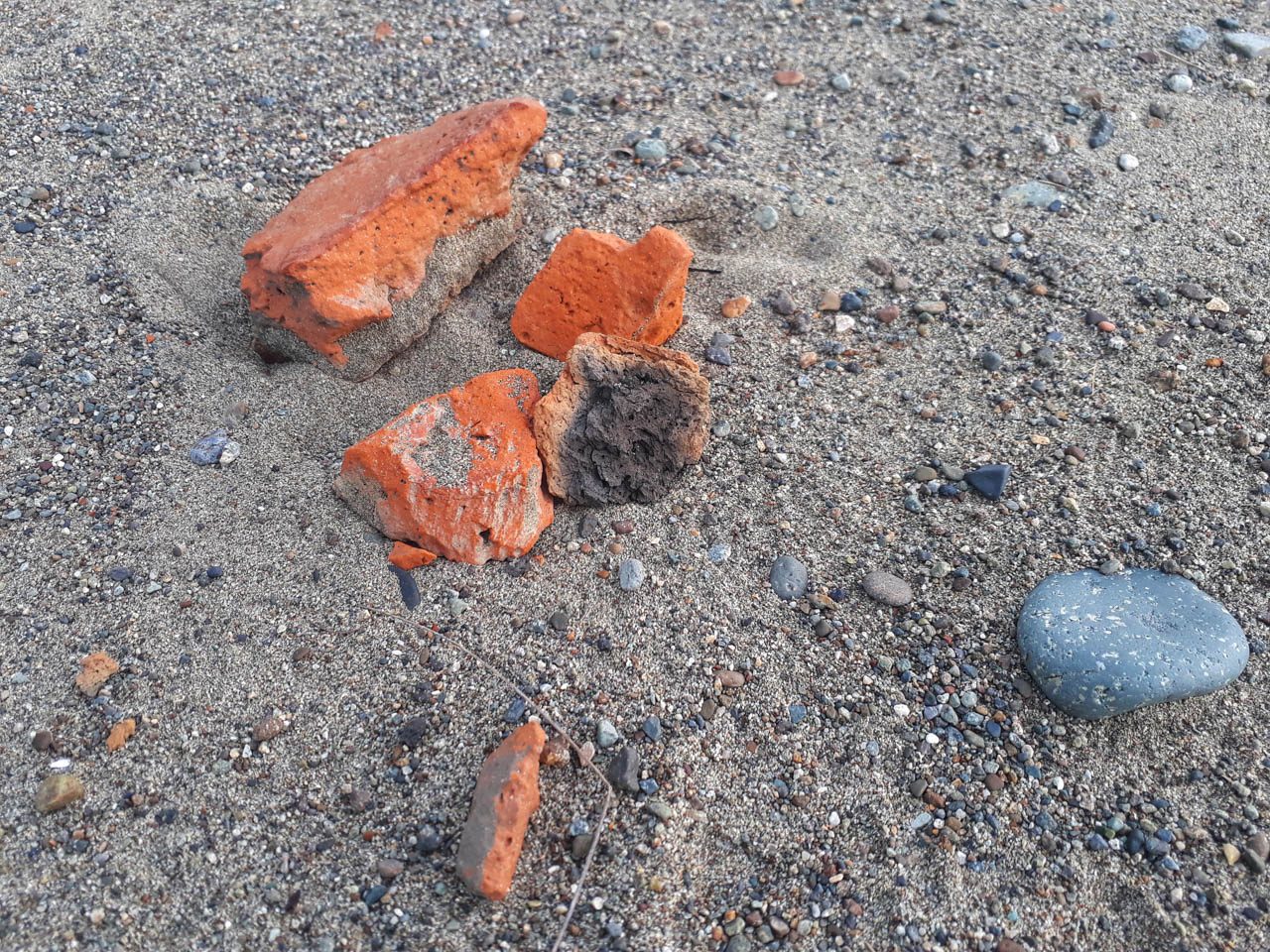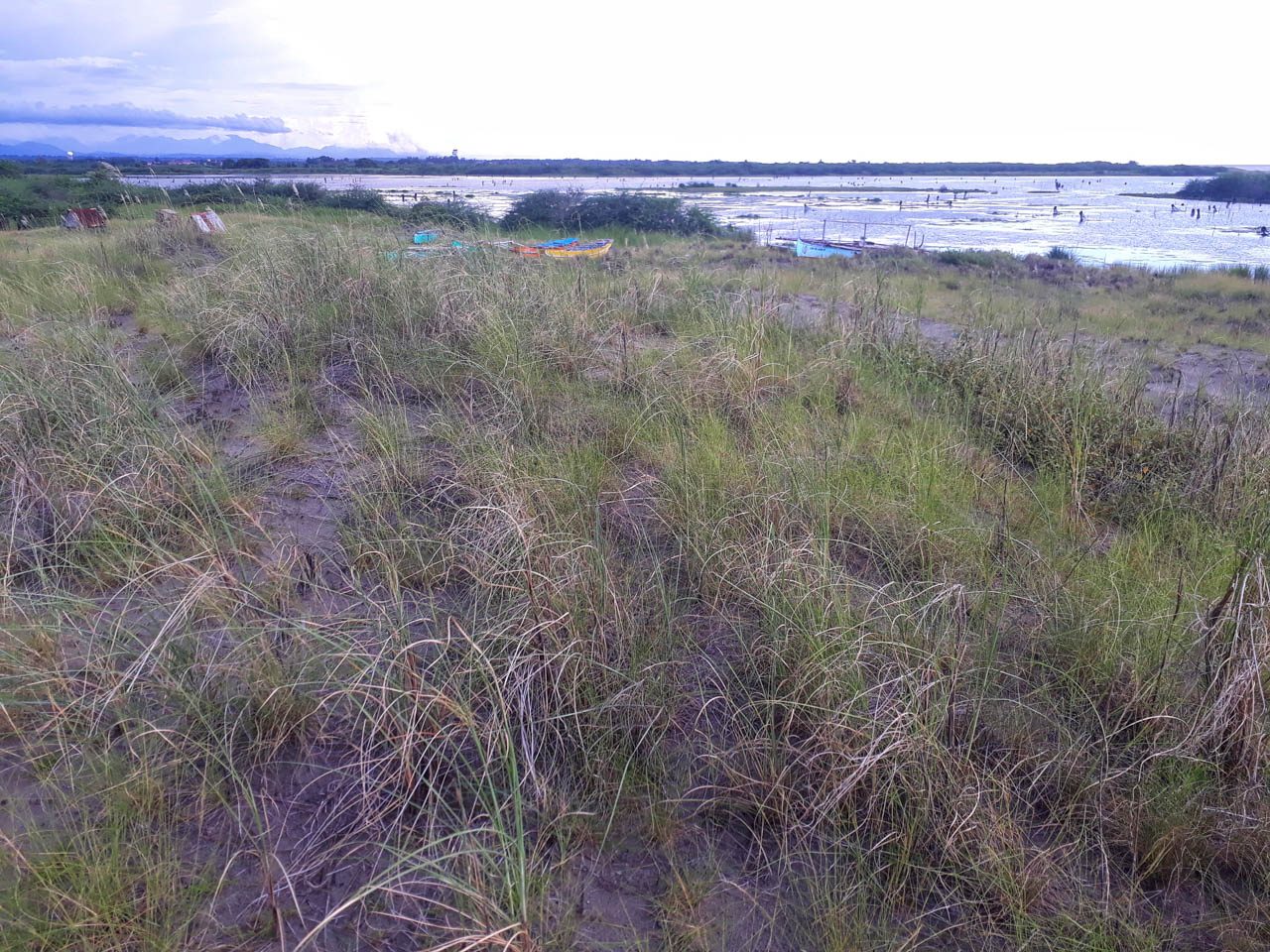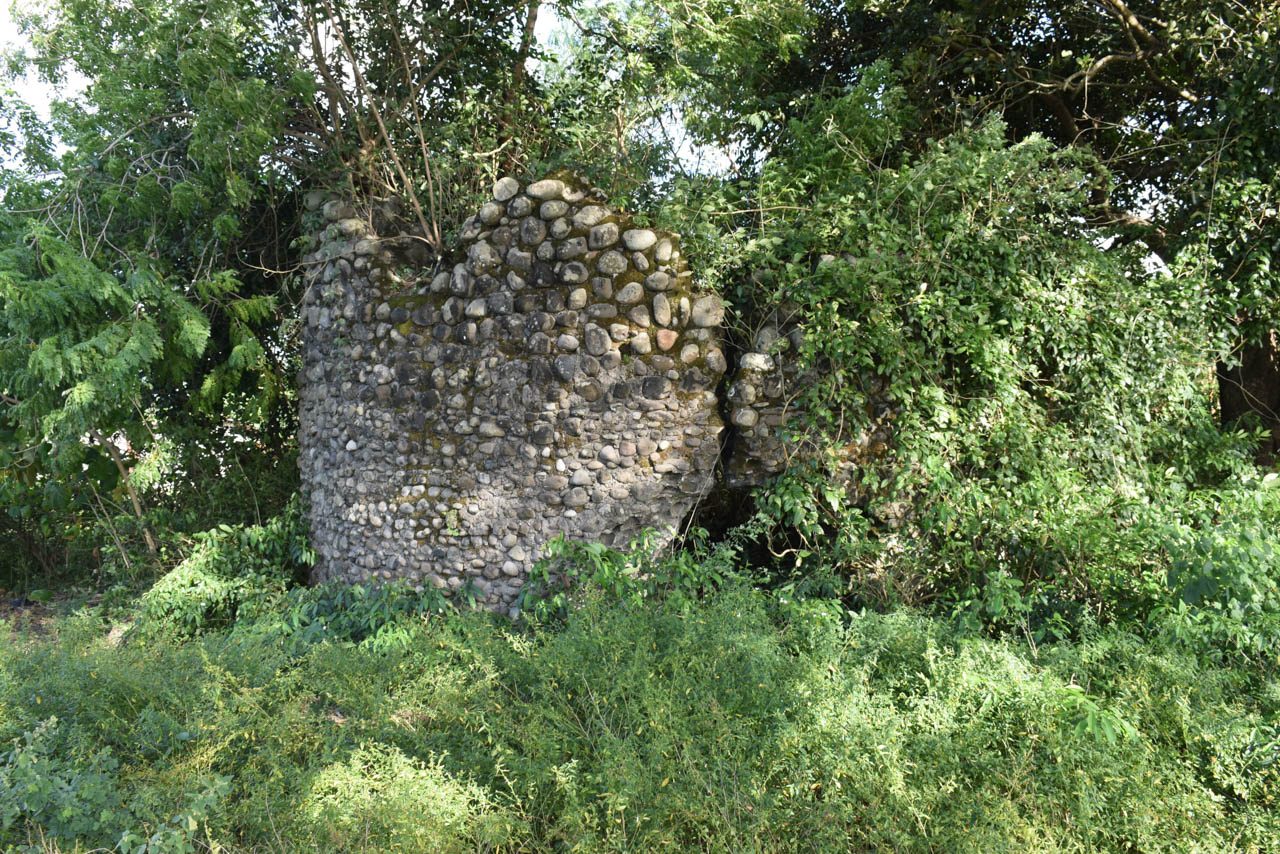SUMMARY
This is AI generated summarization, which may have errors. For context, always refer to the full article.

The recent controversy which surrounded the supposed restoration of the Spanish period watchtower in Pasuquin, Ilocos Norte provokes thoughts as to what has happened to these important structures that dot the coastline of the province since they were declared as National Cultural Treasures of the Philippines in 2015.
Ilocos Norte, in the northern Philippines, was the last in the Ilocos Region to have its set of 6 watchtowers recognized as being of national importance. Earlier, La Union was able to secure the tag for its 5 watchtowers, while Ilocos Sur did for 4. Most of these monuments are in disrepair and in need of urgent care and attention.
Currently, Ilocos Norte has 5 coastal watchtowers (garitas), which include those in Currimao, Badoc, Bacarra, and Pasuquin, as well as a belfry (campanario), the one in the city proper of Laoag. A simple survey as to where these watchtowers are located across the archipelago would indicate that some of them are situated in villages named after them: Sitio Torre, Barangay Torre, among others. The one in Currimao is a good example as the southern one of its twin watchtowers is aptly in present-day Barangay Torre (meaning, tower).
Ilocos Norte’s eastern coast shows that there are two other places that bear the name” Torre”, both are in Laoag City. I first surveyed the Sitio Torre of Gabut Sur in the city as early as 2016 to verify the existence of one.
Initial attempts always led me to the communication tower of the nearby airport as most locals would point me towards it. However, efforts were rewarded when I eventually accidentally stumbled upon an old structure overgrown by trees and plants, almost hidden. It was obvious then that the importance of the watchtower was not fully realized even by the locals living around it.
The discovery brought about two realizations: first, that this watchtower, among others, would the one that is erected farthest away from the seashore; and second, more importantly, that this one, due to its closer proximity to the estuary, served to patrol and oversee activities in the mouth of the Padsan river, the main access into Laoag in the past. It is not hard to imagine that there is a “guard” watching over the main entry point to the city back then, as the northern coast was prone to pirate attacks during the Galleon trade days.
The proof that there is a watchtower in Laoag further enforces the importance of the city, as significant settlements then would truly require some level of protection and defense. Most recently, talking with more locals of Laoag revealed another lead: that The sand dunes landscape of La Paz also has a barangay called Torre. The exercise of locating a watchtower there proved to be equally worthwhile but less fruitful.

Indeed, it appeared that another once stood on the other side of Padsan river’s mouth. So, the access to Laoag had two watchtowers before, in the same way that Spanish period ports of Currimao and Romblon in Romblon also had. Unfortunately, the structure, or its remains, had been bulldozed off in the 1970s.
There are a few broken ladrillos (old bricks) scattered around in the barren landscape, sitting as the only proof that a watchtower proudly stood once in the area as well.

While most of the watchtowers along the coast of the Ilocos Region have been identified, documented and given national protection, there are still a few that were missed.
The case of the one in La Paz is the same as the fate of the historic watchtower in Salomague, another important Spanish period port, in Cabugao, Ilocos Sur. Salomague’s had been flattened out in the 1990s, and a house now stands on its foundation.

In 2017, I also stumbled upon yet another one in Agoo, La Union made of round river stones and is also under the threat of being demolished. Reports also suggest that the remains of one also stands in Pangasinan province.
These watchtowers not only stand as testaments to a bygone age, but they also illustrate how important these places were for regional trade. Until such time that the people will truly realize how heritage is vital, these vulnerable sentinels of the sea will always be unseen. – Rappler.com
Bernard Joseph Esposo Guerrero is a cultural mapper and a member of Grupo Kalinangan. He is also the culture and arts head of Paoay, Ilocos Norte. His interests include history, culture, heritage management, traveling and World Heritage Sites.
Add a comment
How does this make you feel?
There are no comments yet. Add your comment to start the conversation.